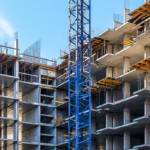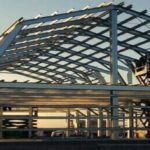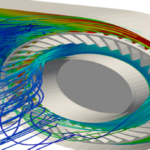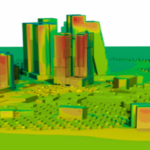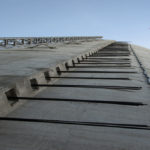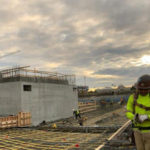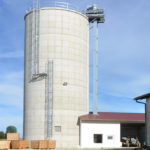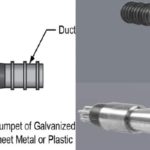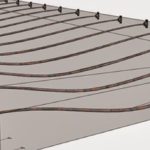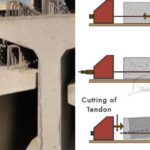Blog
30 September 2022
What Is Post Tension?

No difference between classical reinforced concrete and post-tensioned designs in architectural buildings. Ardger is used in the design of real, single-body simple beams, continuous beams, floors, cork floors and bridge beams. In Ardger designs, the rope tension profiles can be designed differently depending on the load and shape of the design and formability.
Posttensioning systems are above all a care and maintenance.
If we talk about the order of application:
- First of all, the process of setting up the formwork of the reinforced concrete elements is completed. Soft reinforcements are then placed.
- Tendons are placed in the mold. Then the steel ropes are driven through the tendons.
- There are 2 types of anchors for the ropes. These are fixed and movable anchors. During the post-tensioning process, one end of the ropes is attached to the fixed anchor, while the other end is connected to the movable anchor and extended out. Pulling is done at the end where the movable anchor is located.
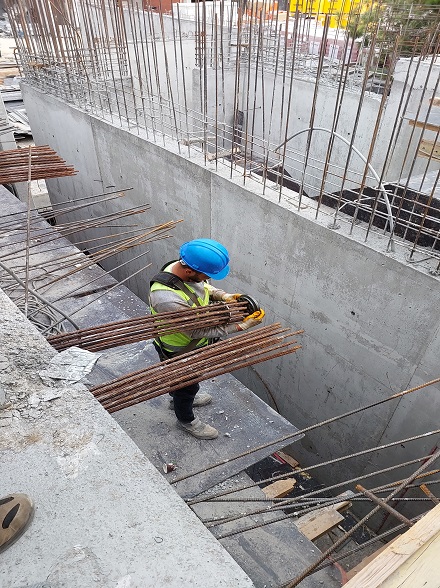
- After the anchors are placed, concrete pouring begins.
- When the concrete strength reaches 80% or 100% according to the designer’s request, the stretching process is started.
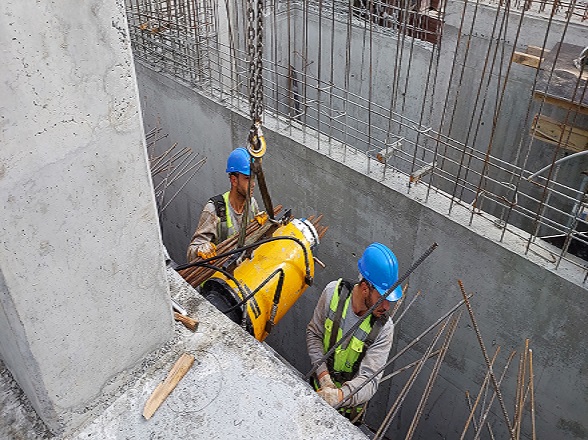
After the rope stretching process is completed, cement grout is injected into the gaps left in the tendon section. Thus, the posttensioning process is completed
Posttensioning systems have many advantages.
- Post-tensioned systems can easily solve openings that cannot be passed with conventional reinforced concrete designs.
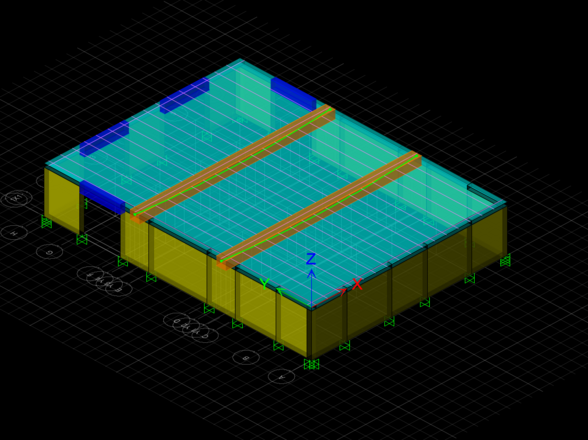
- Since beam and floor heights are reduced in buildings designed with post-tensioning technique, floor heights can be adjusted according to the desired level. In this way, architectural comfort is achieved.
- In post-tensioned systems, since reverse deflection is created by the tensioning process applied to the structure at the beginning, deflections that will occur in service condition decrease.
- Thanks to the post-tensioning technique, especially in flooring and foundation designs, more economical structures can be obtained since there will be a serious decrease in soft reinforcement quantities.
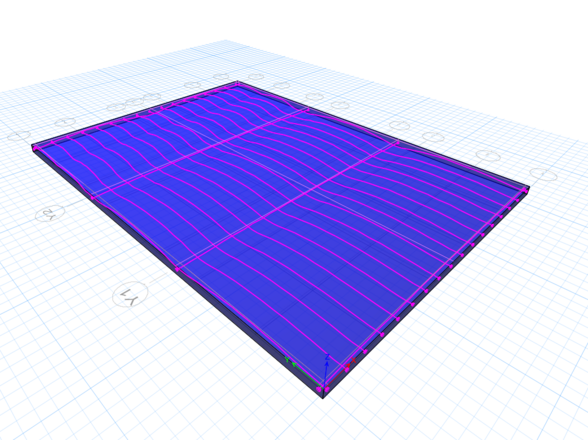
- Thanks to the post-tensioning technique, structures with complex carrier systems can be solved in simpler ways and the cost of formwork can be reduced.
- Since beam and floor heights decrease in post-tensioned systems, a decrease is observed in the building mass. In this way, since the earthquake force acting on the structure will decrease, a decrease is observed in the cross-sections of the vertical carrier elements. Therefore, the building design becomes more economical.
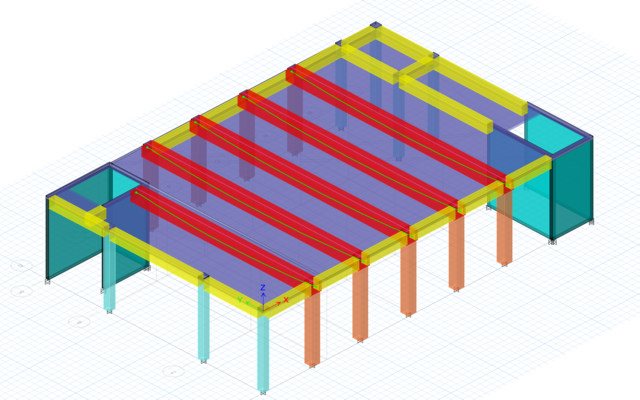
Latest Blog
-
Silo Static Project
29 July 2024 -
Methods Used In Earthquake Performance Analysis
4 July 2024 -
Reinforced Concrete Calculation Static Report
31 January 2024 -
Steel Calculation Static Report
31 January 2024 -
What Is CFD Analysis?
22 December 2023 -
What Are The Benefits Of CFD Analysis?
22 December 2023 -
Silo Reinforcement with Post-Tensioning Method
26 September 2023 -
Post Tensioning Method in Cantilever Slabs
4 September 2023 -
Post-Tensioning Application In Reinforced Concrete Silos
22 August 2023 -
Components Of Post Tensining
16 August 2023 -
What Are Pre-Stressing And Post-Tensioning?
11 August 2023 -
What is Prestressing?
8 August 2023 -
History Of Post Tensioning
8 July 2023





